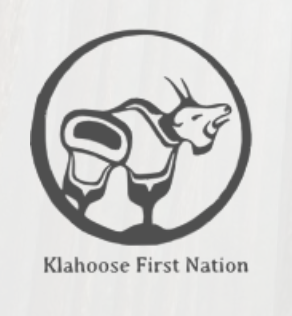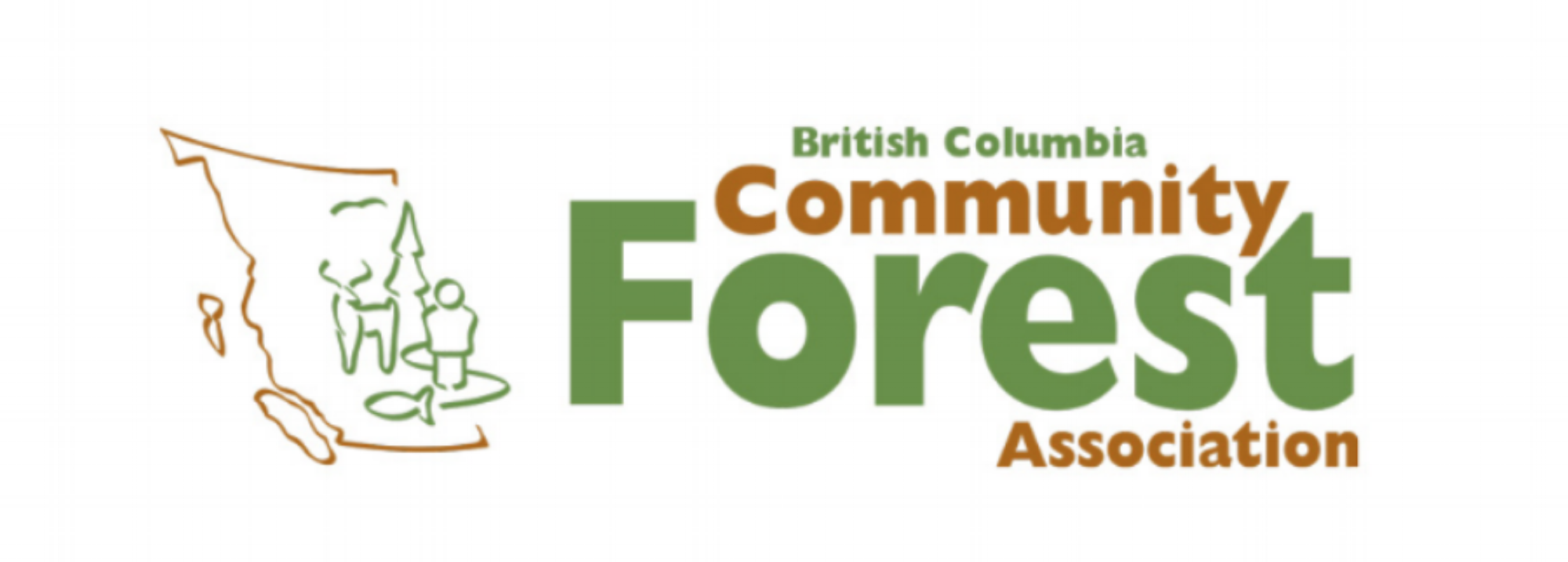meet the board
Nick Gagnon
Director
I have been a part of forestry and forestry has been a part of me for my entire life. I was raised in a family owned silviculture company run by my mother and two brothers. We held strong our values of looking at forestry practices from an alternative perspective and using alternative equipment. From modified harvesting practices to multilateral marketing strategies, we changed the game in **name the region ** [our region] and opened doors for entrepreneurs in the forestry sector. After a 20,000 hour and 10 year career of silviculture, pre-commercial and commercial thinning, careful logging and other alternative forestry applications, I realized that I needed to take what I have observed into into something real for future generations of forest professionals. Almost ten years after the crash of 2008 things were, in my view going backwards. I worked with communities to try to localize our forest management, start community-based forestry initiatives and access the wood fibre in our back yard. We pushed hard and even with the support of our community, we were met with powerful opposition. The system wouldn't budge. When we decided to uproot and move to Cortes Island, the community forest was a huge part of our decision. I had found a community that believed in taking forestry to the next level, the belief that as a community we can manage our forests and cultivate a future for forestry that is resilient and economically independent.
The community forest provides a growing economic opportunity to create community minded businesses structured around and supported by local investment. We can harness local talent and up and coming entrepreneurs and help them create businesses and jobs with the health of the community forest at heart. From biologists to loggers to sawers and home builders all the way to the final purchaser of a finished Cortes Forest wood product, all of these people are creating something beyond themselves, the opportunity for future generations to help protect, manage and benefit from our ever-growing resource.
David Shipway President
I started learning about forestry in the early 70s, first in engineering and survey with MacBlo on Vancouver Island, then in treeplanting all over BC. I found the rapacious destruction of beautiful ancient forests quite overwhelming, but also saw the same logged lands slowly become forested again. I discovered Cortes soon after the ferry service started, and moved here permanently in the early 80's, making my living in construction and woodworking, something my ancestors were good at. By managing my own land I realized it takes at least a century to grow big trees that produce good wood. When I realized that neither government or industry wanted to wait long enough for second growth trees to reach maturity, I became active in conservation issues. I also wanted to learn a lot more about this place I call home, and one of the ways was through mapping the island with the Silva team of Herb Hammond and Tom Bradley.
For years this wonderful community has been advocating better forestry on Cortes, and now with the Community Forest Agreement in place, we need to put our big wild ideas into practice. This is a significant challenge with humble beginnings that will grow and achieve momentum organically, just like a new tree in a sunlit space.
Aldo Leopold, an ecologist whose father was a woodworker, wrote something a century ago that has stuck with me: "I have read many definitions of what is a conservationist, and written not a few myself, but I suspect that the best one is written not with a pen, but with an axe. It is a matter of what a man thinks about while chopping, or while deciding what to chop. A conservationist is one who is humbly aware that with each stroke he is writing his signature upon the face of his land."
Since he wrote that, many women have become involved in forestry as well, and that is a very positive trend in working with Nature.
Bruce Ellingsen
Director and CCFC Rep to the Cortes Forestry General Partnership
Sadhu Aufochs Johnston
Director and
CCFC Rep to the Cortes Forestry General Partnership
Sadhu is a thought leader on cities: how they work, how they can be improved, and how they are evolving to handle the myriad of crisis that they are forced to take-on. He was the City Manager of Vancouver, BC from March 2016 until January 2021 where he was responsible for managing the operations of the City, including oversight of a budget of over $1.6B and over 7,000 staff. As City Manager he spearheaded initiatives to address the growing housing, homelessness and climate change in Vancouver. Among initiatives that he led, he oversaw the negotiation and purchase of the Arbutus Railway spur (over$75m) connecting the Fraser River and False Creek and creating an 11 km greenway for bikes and pedestrians. Prior to his time in Vancouver, he was the Chief Environmental Officer of Chicago and Deputy Chief of Staff to Mayor Richard M. Daley where he led the development of the first climate action plan in a major North American city. He is co-author of "The Guide to Greening Cities" published by Island Press in 2013 and is a co-founder of the Urban Sustainability Directors Network (USDN).






